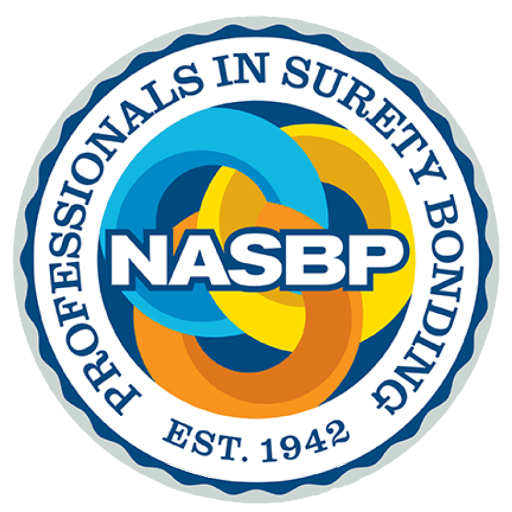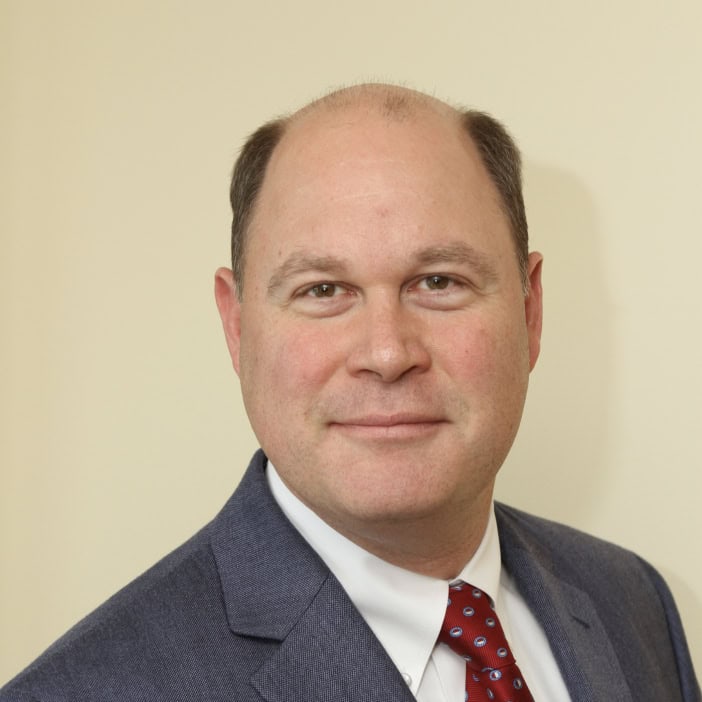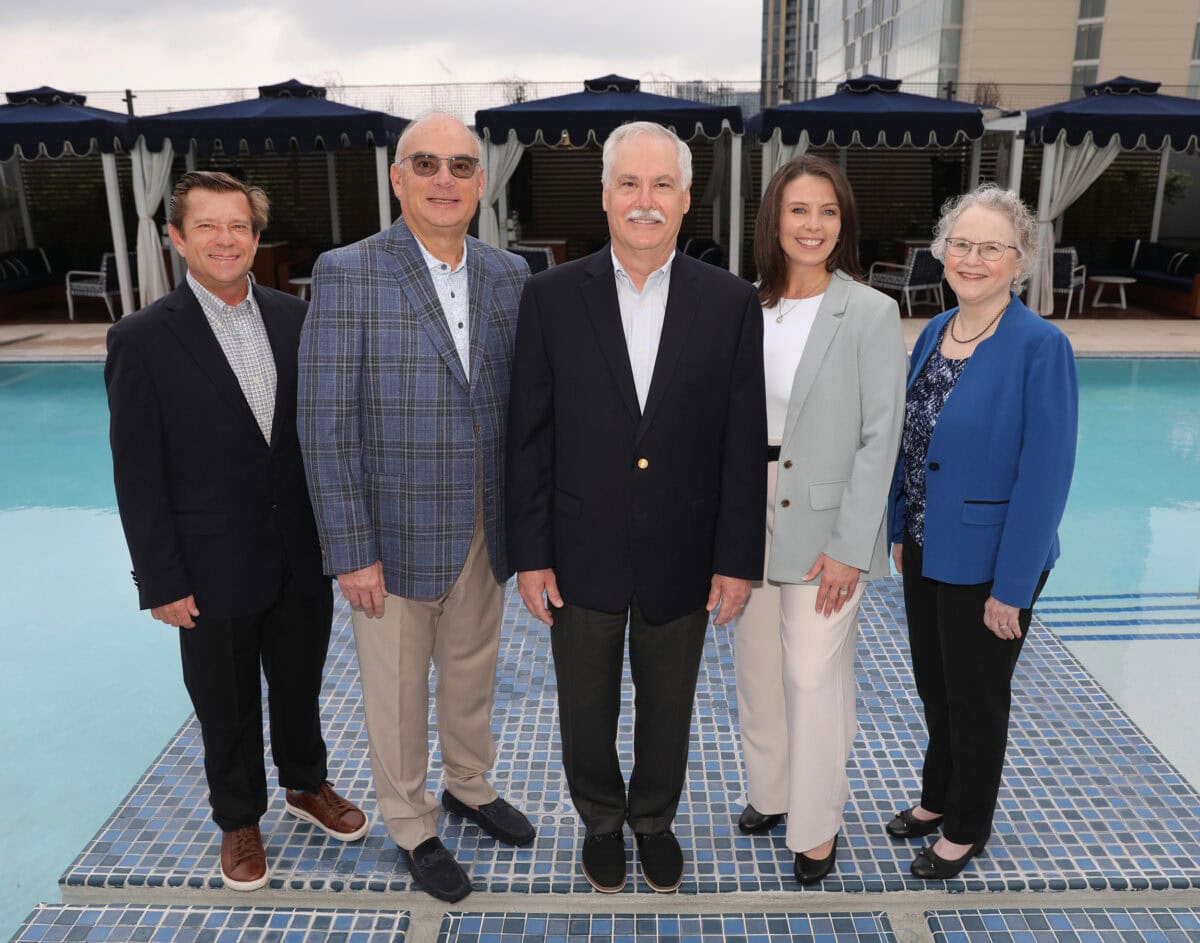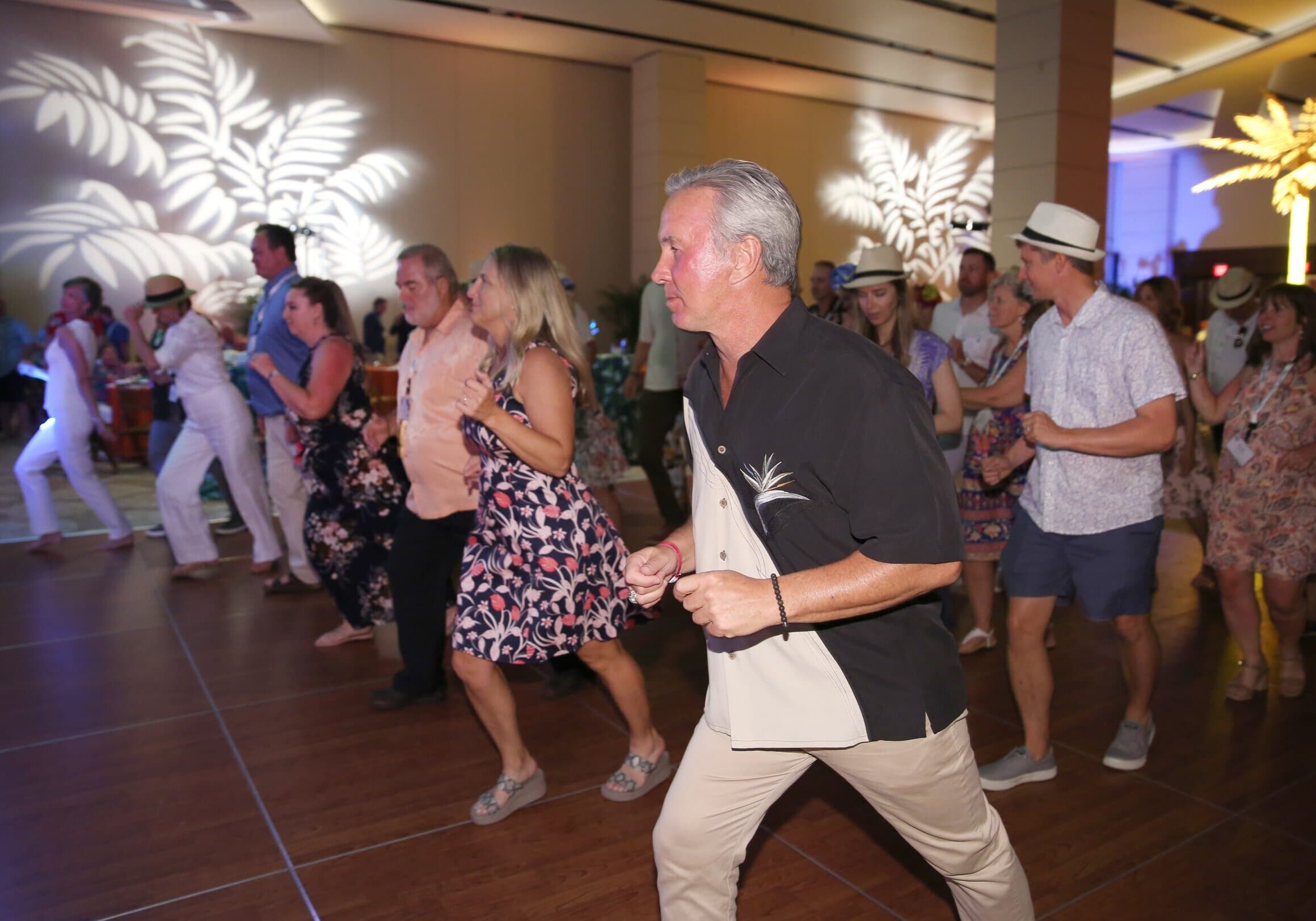
An Analysis of Two Cases —
CASE 1: WHAT HAPPENS WHEN A SURETY SUES THE BOND PRODUCER TO RECOVER LOSSES?
CASE 2: INDIVIDUAL SURETY CASE TO BE TRIED IN VIRGIN ISLANDS
CASE 1: WHAT HAPPENS WHEN A SURETY SUES THE BOND PRODUCER TO RECOVER LOSSES?
I. INTRODUCTION
NASBP members will surely be interested in reading about a recent decision in a federal case in which a surety sued the bond producer to recover losses on a bond. Now that we have your attention: the case began with a complaint filed in the United States District Court of the Northern District of Florida by the United States against the Dick Corporation and others. In July 2010, a fourth-party complaint was filed by Auto-Owners Insurance Company (Auto-Owners) against Tomberlin, Young & Folmar Insurance Company d/b/a South Central Agency (South Central Agency), John S. Tomberlin (Tomberlin), and Harold S. Young (Young) (collectively, Tomberlin Defendants).
Auto-Owners and the Tomberlin Defendants agreed to a transfer of the action to the United States District Court for the Middle District of Alabama. Auto-Owners brought claims against the Tomberlin Defendants for the following:
- Breach of contract (Count I),
- Breach of fiduciary duty during the application process (Count II),
- Breach of fiduciary duty following the application process (Count III),
- Indemnification (Count IV),
- Negligent misrepresentation (Count V), and
- Suppression of material facts (Count VI).
The Tomberlin Defendants brought a counterclaim against Auto-Owners. They then filed a motion for summary judgment as to all claims against them and as to the counterclaims against Auto-Owners.
In Auto-Owners Insurance Co. v. Tomberlin, Young & Folmer Insurance Co. d/b/a South Central Agency, John S. Tomberlin, and Harold W. Young, Case No. 2:11-cv-468-WHA, 2012 WL 3023251 (M.D. Ala. July 24, 2012), the court ruled on the Tomberlin Defendants’ motion for summary judgment on all claims and counterclaims.
II. BACKGROUND AND FACTS
The court set forth the facts of the case as follows. Plaintiff Auto-Owners is an insurance company that, among other things, issues performance and payment bonds for construction projects. In September 2005, Auto-Owners provided South Central Agency, an independent insurance and bonding agency in Andalusia, Alabama, a contract to solicit surety bonds on behalf of Auto-Owners. South Central Agency was owned and operated by Tomberlin and Young.
The September 2005 agreement included a Letter of Instructions (LOI), which authorized the Tomberlin Defendants to solicit bonding business if, after a thorough investigation, they thought that it was a proper risk for Auto-Owners to assume. The LOI limited the use of the power of attorney, which was also issued, stating that the instructions contained the Tomberlin Defendants’ entire authority and that “‘you should not execute any bond not specifically covered herein unless you have express authorization.’” Id. at *2. The LOI set out limitations on bonds that could be issued by the Tomberlin Defendants, but the Tomberlin Defendants were given “No Authority” for bid, contract, and supply bonds and no such bond could be executed “‘without first obtaining the approval of the Home Office or Branch Office.’” Id.
Michael Smith (Smith), president of S&S Construction (S&S), approached the Tomberlin Defendants about obtaining surety bonds on a construction subcontract in Pensacola, Florida. S&S had subcontracted with the Dick Corporation, the general contractor, to perform four subcontracts at the Naval Air Station for a total of $9,402,964. The Tomberlin Defendants submitted the bond application, completed by Smith, to Auto-Owners, which rejected the bond requests. Auto-Owners’ bond underwriting manager, Jim House (House), stated that Auto-Owners might bond the project for a smaller amount than the total proposed project and that he needed to review financial statements. Smith had a CPA prepare financial statements, which were submitted to Auto-Owners in June 2006.
The Tomberlin Defendants began attempting to obtain a bond for S&S through Auto-Owners, and in June 2006, in an effort to secure the bonding, S&S sought a letter of credit. Tomberlin sent an email to Auto-Owners in June 2006 stating that a letter would come from the bank confirming that $2,000,000 in credit was available to S&S. S&S received a $1,000,000 line of credit, which was exhausted by November 2006. House testified in his deposition that, in December 2006, Tomberlin told House that S&S had a $2,000,000 line of credit and that none of it had been used. In January 2007 Auto-Owners issued a performance bond and a payment bond on behalf of S&S for a subcontract.
S&S had started work at the Naval Air Station in May 2006 on other subcontracts with the Dick Corporation. The parties dispute whether at the time of the issuance of the bonds in January 2007 S&S was in default with the Dick Corporation by failing to obtain bonds for other subcontracts with the Dick Corporation. Shelby Gardner (Gardner), CEO of the Dick Corporation, referred to this as a “technical default,” but also stated that the bonding requirement was waived. The parties are in agreement, however, that S&S had not been declared in default in January 2007.
In February 2007, S&S was issued a $1 million irrevocable letter of credit by the bank. After the bonds were issued to S&S by Auto-Owners, Auto-Owners sent General Services Inquiry forms to the Dick Corporation inquiring about the status of the projects. The Dick Corporation answered none of these forms.
Also after the bonds were issued, meetings were held between the Tomberlin Defendants and Gardner of the Dick Corporation. Auto-Owners contends that in these meetings Gardner informed the Tomberlin Defendants of S&S’s problems with performance of the contract. Auto-Owners states that it learned of South Central Agency’s conduct during the deposition of Gardner on October 20, 2009.
In October 2007, ten months after the bonds were issued, Auto-Owners received a written notice of a potential claim and attempt to formally declare a default on the bonds, when Auto-Owners received a 72-hour notice to cure from Dick Corporation. There was no attempt to cure the default. On October 19, 2007, the Dick Corporation formally declared a default on the bond and sent Auto-Owners notice of the claim. The Dick Corporation sued Auto-Owners on the performance bond. After several years of litigation, Auto-Owners settled with the Dick Corporation through mediation.
In this current action, Auto-Owners now seeks to recover losses it sustained from the Tomberlin Defendants on the basis that it would not have issued the bonds, and would have acted in light of knowledge of default, if it had not been for the Tomberlin Defendants’ actions.
III. COURT’S ANALYSIS
On July 24, 2012, the court issued its Memorandum Opinion and Order on the Tomberlin Defendants’ motion for summary judgment on all claims and counterclaims. In brief, the court granted the Tomberlin Defendants’ motion for summary judgment as to the surety’s claims for breach of contract, breach of fiduciary duty in the underwriting process, breach of fiduciary duty after the bond was written, and indemnification. The court denied the Tomberlin Defendants’ motion as to the surety’s claims for negligent misrepresentation and suppression of material facts and as to the counterclaim. The following is a discussion of the court’s analysis of the claims and counterclaim.
A. Count I, Breach of Contract and
Count II, Breach of Fiduciary Duty in the Underwriting Process
Count I, Breach of Contract, and Count II, Breach of Fiduciary Duty in the Underwriting Process, of the complaint arose from the Tomberlin Defendants’ actions before the bond in question was issued by Auto-Owners. The court found that Counts I and II of the complaint pled only S&S’s knowledge of and failure to report a default by S&S that existed prior to the issuance of the bonds on January 10, 2007, through S&S’s failure to obtain bonding on two other subcontracts with the Dick Corporation. In spite of the surety’s contentions, the court found that Counts I and II did not put the Tomberlin Defendants on notice that Auto-Owners contended there were other defaults before the bond was issued. Without such notice, reliance on other alleged defaults as separate breach of contract and breach of fiduciary duty claims was an unauthorized attempt to amend the complaint.
The court found that S&S’s failure to obtain bonding on two other subcontracts was not a default, or that any default had been waived by the obligee, which permitted the subcontracts to proceed without bonds. In addition, the court found that there was no evidence that the Tomberlin Defendants were aware that there was a “technical default,” given that Smith had not been declared in default and was still the subcontractor on the contracts.
The court found in this case that the only default on the claims for breach of contract or fiduciary duty in the underwriting process as alleged in the complaint was the failure to obtain bonds on the Dick Corporation subcontracts. Because the court also found that there was no evidence that the Tomberlin Defendants were aware of such a “technical default,” the court granted summary judgment to the Tomberlin Defendants as to the claims in Counts I and II.
B. Count III, Breach of Fiduciary Duty Following the Application Process
In Count III of the complaint, the surety brought a claim for breach of fiduciary duty following the application process. The Tomberlin Defendants moved for summary judgment on the basis that they had no fiduciary duty to monitor the progress of the construction project once the bonds had been written. The court agreed with the Tomberlin Defendants and granted them summary judgment on Count III.
The surety argued that the LOI established that there were fiduciary duties and pointed to the website of NASBP, as “stating that a bond producer must strive to provide all relevant information that impacts surety decisions, and not knowingly withhold negative information.” Id. at *7. The court found that the LOI did not control the Tomberlin Defendants’ responsibilities to the surety after the bond was issued. In addition, in his deposition testimony, Jim House of Auto-Owners stated that the surety did not communicate to the agents an expectation that the agents would inform the surety of any difficulties with a project but that the surety expected that as a matter of “‘common sense.’” Id.
Auto-Owners attempted to rely on Safeco Insurance Co. of America, Inc. v. Zervos Group, Inc., No. 00-71518, 2002 WL 31548700 (E.D. Mich. Oct. 31, 2002), to support a finding of fiduciary duty in this case. The Safeco Insurance court opined that there are contractual considerations to finding a fiduciary duty on the part of a bond producer. Two agreements were at issue in this case, and the court focused its analysis on these. One agreement was a 1993 Surety Agency Agreement, under which the bond producer was prohibited from accepting risks deemed unacceptable under underwriting standards–but no underwriting guide was provided. The second agreement was a 1997 Authority to Execute Bonds, under which the bond producer was authorized to execute payment and performance bonds up to a certain amount without prior approval. The court opined that the bond producer was an independent agent, under state law, who placed insurance with various agencies, and that the 1993 agreement did not modify that independent status. The court, therefore, found that the bond producer had no fiduciary duty to Safeco when it originally presented the contractor to the surety. The court found, however, that, pursuant to the 1997 agreement, the bond producer became an agent of the surety. The court stated, however, that the fiduciary duty that resulted from the 1997 agreement did not include a duty to disclose information learned before the execution of the 1997 agreement.
In the instant matter, the court found that, given that the Tomberlin Defendants did not have authority to issue any bonds without Auto-Owners’ permission, neither did Safeco Insurance establish any fiduciary duty following the application process in the instant case.
C. Count IV, Indemnification
Auto-Owners’ claim for indemnification was dependent on a finding of breach of contract or fiduciary duty. Because the court granted summary judgment as to Counts I-III, it granted summary judgment to the Tomberlin Defendants as to Count IV, Indemnification.
D. Count V, Negligent Misrepresentation and
Count VI, Suppression of Material Facts
The court denied summary judgment as to the surety’s alternative claims of negligent misrepresentation and suppression of material facts because it found that issues of fact existed as to the truth of representations made by the Tomberlin Defendants and relied on by the surety in issuing the bonds.
The court examined the factual bases for the misrepresentation and suppression claims. Auto-Owners alleged that the Tomberlin Defendants misrepresented Smith’s prior construction experience; while the Tomberlin Defendants responded that Smith himself provided the information and that it was true. Auto-Owners also alleged that other factual bases for the misrepresentation and suppression claims involved information in financial statements, including S&S’s line of credit, and the representation of the full contract amount. Upon review, the court concluded that questions of fact had been raised to preclude summary judgment on these claims. The court noted that there was evidence that the Tomberlin Defendants made representations of fact relied on by the surety that were not true.
E. Counterclaim
The Tomberlin Defendants moved for summary judgment on the counterclaim they asserted against Auto-Owners. The counterclaim “seeks a declaration the Tomberlin Defendants were soliciting agents, that Auto-Owners was responsible for underwriting, that the Tomberlin Defendants had no duty with respect to underwriting or handling claims, that the Tomberlin Defendants’s [sic] only duty was in reporting an actual claim, that Auto-Owners chose to voluntary [sic] settle its claims, and that the Tomberlin Defendants are entitled to relief under the indemnity clause of the Contract.” Id. at *12. The court found issues of fact concerning whether the surety was affirmatively misled by information from the Tomberlin Defendants and concerning the amount required to cure the default on the bond. Accordingly, the court denied the Tomberlin Defendants’ summary judgment on their counterclaim.
IV. DISCUSSION AND TAKEAWAYS
So, where does all this leave the case? The remaining claims in the case are Count V, Negligent Misrepresentation, Count VI, Suppression of Material Facts, and the Counterclaim. We will keep you apprised of any further reported decisions in this matter.
And what are some of the “takeaways” and other food for thought from the Auto-Owners Insurance Co. opinion?
- In analyzing the duties owed by the bond producer to the surety, the court focused much of its judicial attention on the September 2005 agreement between the surety and the bond producer, and accompanying the Letter of Instructions. The LOI clearly provided that no contract bond could be executed without first obtaining the approval of the surety’s home office or branch office. Under the LOI, the bond producer was given no underwriting discretion; and the court thus found that the bond producer had no fiduciary duty to the surety.
- Pursuant to Auto-Owners Insurance Co., and a case on which the court relied, Safeco Insurance Co. of America v. Zervos Group, the converse it is also true. Where the contractual agreement between the surety and the bond producer gives the bond producer no authority to issue bonds without the surety’s permission, the surety will have a difficult time arguing that the producer acted in a fiduciary capacity. The more discretion that is given the bond producer to issue bonds on behalf of the surety, the more likely it is that the bond producer will be deemed an agent of the surety, with fiduciary duties owed to the surety. Accordingly, bond producers and sureties alike should be keenly aware of the authority granted to or withheld from bond producers to bind the surety in the contractual agreements between the two parties.
- Thus, the more a bond producer can exercise judgment on behalf of a surety, the more likely it is that the bond producer will be deemed to have a fiduciary duty to the surety. But that is a legal issue. What about behaviors and actions on the part of the bond producer that might be best for an on-going relationship with the surety? There is often a distinction between what actions are legally required and what actions might enhance a business relationship.
This distinction is illustrated by the deposition testimony of the Auto-Owners’ bond underwriting manager, Jim House, when he “stated that Auto-Owners did not communicate to the agents an expectation that if there were difficulties with the work, they would inform Auto-Owners, but that Auto-Owners expected that as a matter of ‘common sense.’” Auto-Owners Insurance Co., at *7. In other words, the surety’s bond underwriting manager testified that the surety did not communicate an expectation that the bond producer would inform the surety of difficulties on a bonded project but that the surety expected such communication as a matter of common sense. And perhaps good business relationships?
There are no easy answers here, but this is certainly a topic to consider carefully.
CASE 2: INDIVIDUAL SURETY CASE TO BE TRIED IN VIRGIN ISLANDS
The Superior Court of the Virgin Islands recently denied defendants’ motion to dismiss, which was based on forum selection and choice-of-law provisions in a General Agreement of Indemnity (GAI). Neon Construction Enterprises, Inc. v. International Bonding and Construction Services, Inc. a/k/a the IBCS Group Inc., and Edmund C. Scarborough, No. ST-11-CV-13, 2012 WL 3111748 (V.I. July 25, 2012).
The factual background and procedural history of the case are as follows. According to the complaint, Plaintiff Neon Construction Enterprises (Neon) was the successful bidder on a construction project in St. Thomas, Virgin Islands, which project was owned by the government of the Virgin Islands (Government). On October 20, 2009, Neon and defendant Scarborough executed a GAI by which International Bonding and Construction Services and Scarborough (Defendants) agreed to act as surety for Neon on the government project. Neon agreed to pay Defendants $19,864.95 as premiums for the surety agreement. Additionally, Defendants asserted that “any payment and/or performance bonds contemplated thereunder would be acceptable to the Government.” Id. at *1. After the surety agreement was executed, the Government informed Defendants that the payment and performance bonds were not acceptable to the Government and rendered Neon’s successful bid invalid.
Plaintiff alleged in the complaint that Defendants advised Neon that they were legally authorized to do business in the Virgin Islands. Plaintiff further alleged in the complaint that Defendants knew or should have known that they were not legally authorized to conduct business in the Virgin Islands. Based on these allegations, Plaintiff asserted that Defendants’ conduct was “intentional, willful, wanton, and in reckless disregard of and indifference to the rights of Plaintiff.” Id. In the complaint, “Plaintiff contends that Defendants’ actions and conduct constitute breach of contract and misrepresentation.” Id.
Defendants filed their special appearance and motion to dismiss, based on a forum selection clause and a choice-of-law clause in the GAI between the parties. The specific GAI provision provides as follows: “‘This agreement shall be interpreted in accordance with the laws of the Commonwealth of Virginia. Venue and any action relating to this Agreement shall lie solely in the appropriate court located in the Commonwealth of Virginia.’” Id. Based on these clauses, Defendants argued that the action must be dismissed.
In its analysis of the motion to dismiss, the court relied on the substantive analysis applied by courts when considering a forum selection clause:
[A] forum selection clause is presumptively valid and will be enforced by the forum unless the party objecting to its enforcement establishes (1) that it is the result of fraud or overreaching; (2) that enforcement would violate strong public policy of the forum; and (3) that enforcement would in the particular circumstances of the case result in jurisdiction so seriously inconvenient as to be unreasonable.
Id. at *2.
Suretyship in the Virgin Islands is governed by provisions of the Virgin Islands Insurance Code, which provides, by statute, a very clear policy mandating that forum selection clauses and choice-of-law clauses cannot be enforced when the subject matter of the contract, as is the case here, is in the Virgin Islands. Plaintiff alleges that it entered into the agreement for the purpose of obtaining performance bonds for the construction projects sponsored by the Government, and Defendants do not contest these allegations.
Because enforcement of the forum selection and choice-of-law clauses in the GAI would violate the clear policy and plain language of the insurance statute, they are not enforceable under Virgin Islands law. The court, therefore, denied Defendants’ motion to dismiss.
NASBP will keep you apprised of any further reported decisions in this matter.
The author of this article is Martha L. Perkins, Esq., a Partner in the Washington, DC office of Whiteford, Taylor & Preston, LLP. She can be reached at mperkins@wtplaw.com.
This article is provided to NASBP members, affiliates, and associates solely for educational and informational purposes. It is not to be considered the rendering of legal advice in specific cases or to create a lawyer-client relationship. Readers are responsible for obtaining legal advice from their own counsels, and should not act upon any information contained in this article without such advice.
Get Important Surety Industry News & Info
Keep up with the latest industry news and NASBP programs, events, and activities by subscribing to NASBP Smartbrief.




